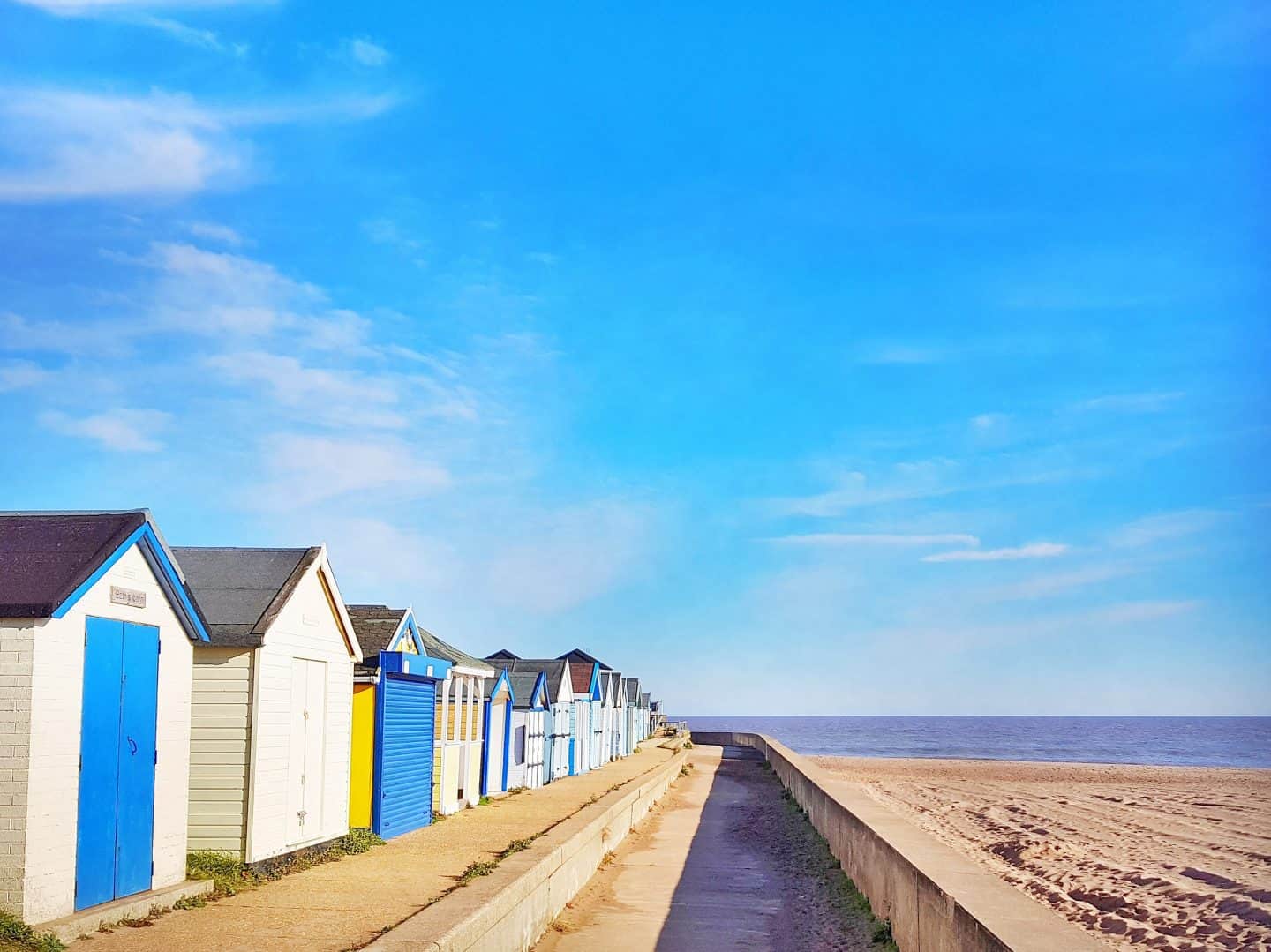Saving up for a big purchase the easy way
Advertorial
Until recently, I’ve never been a saver. Living day to day was the priority, and if I wanted to travel then that’s what credit cards were for. Unfortunately, my inability to say no when it came to travel did land me in some debt. Managing without getting into more debt became increasingly difficult. Now though, we’re in the fortunate position that our only debt is the mortgage. So, it’s time to be sensible about saving. Over the past few years, various bank accounts and apps have been developed to make saving easier. I’m taking advantage of those and putting some rules in place to make saving a priority.

Putting children’s savings first with an UGMA or Junior ISA
For me, one of the most important things about saving is making sure that the children are better with money than I ever was. I’ve been teaching them to put aside 20% into their savings accounts when they earn money for little jobs they do. As we’re in the UK, they both have a Junior ISA. This is similar to the UGMA accounts for children that their cousins in the USA have. Each account is managed by the parents with the child’s future in mind. Rather than just leaving the money to stagnate, these accounts can be used to hold investments in stocks, bonds and mutual accounts until children become old enough to manage them for themselves, usually at 21 years of age.
Look after the pennies
I recently accepted an offer from my bank to set up an additional savings account to save the change when I pay by card. It’s a really simple concept, based on the way we used to save when we paid for everything in cash. As a child, we always had a pot of small change. When we bought something, the change often went in the pot. Occasionally, we’d take it to the bank to go into a savings account.
We’ve still got one of those pots in our house, but it’s rare for money to go in there. It’s the pot we delve into if we need some change for a cake sale or school fair. The girls sometimes play with the coins to learn about money. It’s certainly not a savings pot. Instead, when I pay for something by card, the bank rounds the cost up to the nearest £1 and puts the change into my savings account. It’s never very much, a few pence here and there but it does add up.
Have an emergency fund
One of the reasons we’ve found things so difficult financially over the years is because when you have just enough, one thing going wrong is enough to tip you into debt. A broken down car, a washing machine repair or another unexpected cost leads to borrowing. That leads to interest payments and suddenly, you’re in a downward spiral.
A pot of a few thousand pounds that you only dip into when you actually need to is a godsend. This should be separate to general savings for a purchase. To avoid dipping into it unnecessarily, it’s useful to be certain of the difference between things you want and things you need. The emergency fund is for needs only. Wants can wait.
Prioritise purchases
The most important thing about saving money is to prioritise your purchases. Work out your incomings and outgoings for each month. Give yourself a spending allowance and set up a regular transfer to a savings account. Know what you want to use that savings account for. Whether it’s home improvements, diamond jewellery or an exotic holiday, you’ll find it easier to put money aside if you know that the money you are putting away will help you to fulfil your dream purchase.

Know your finances and set goals
For some people, a visual representation of finances is helpful. There are apps now that allow you to set your incomings, outgoings and savings goals and see how close you are to achieving them. I don’t personally need the visual representation, but I’ve written down how much we’ve got in different accounts and what my financial aims are month on month. This makes it easier to either put aside extra money or take on more work if you’re struggling to reach your target.








I was terrible with money when I was younger, it is only now I am older and have children I am starting to save. Saving for our wedding has made me see just how much money we used to waste x
Yes, I feel exactly the same! It has taken me so long to get to grips with our finances and I am so keen to make sure my children have a better financial education than I’ve had.
Nat.x